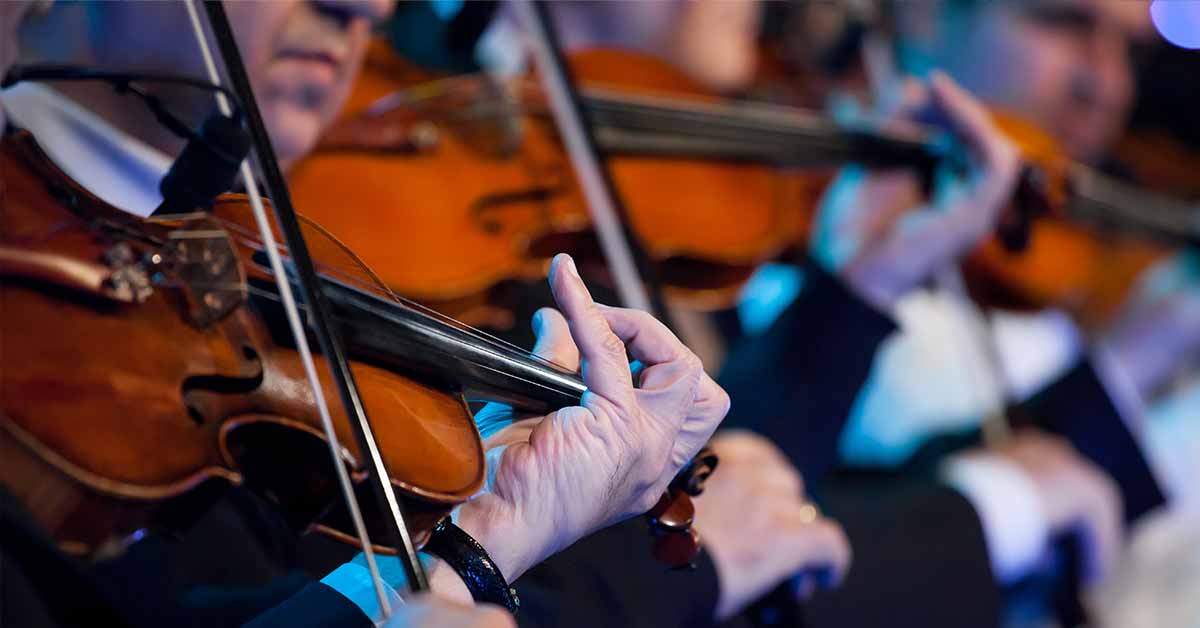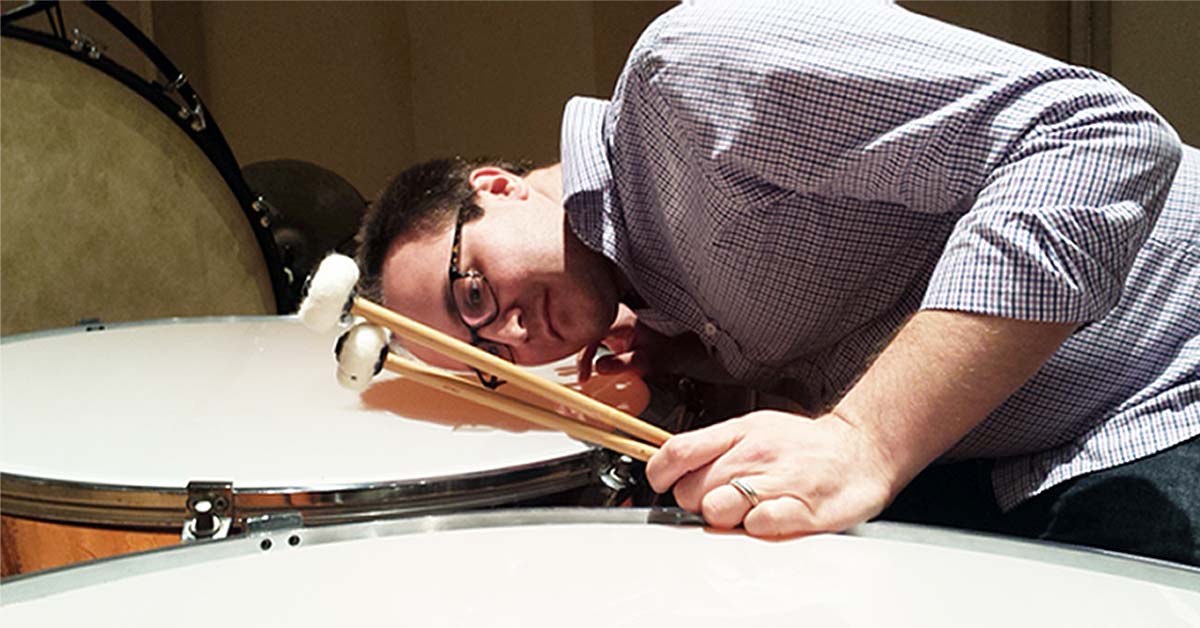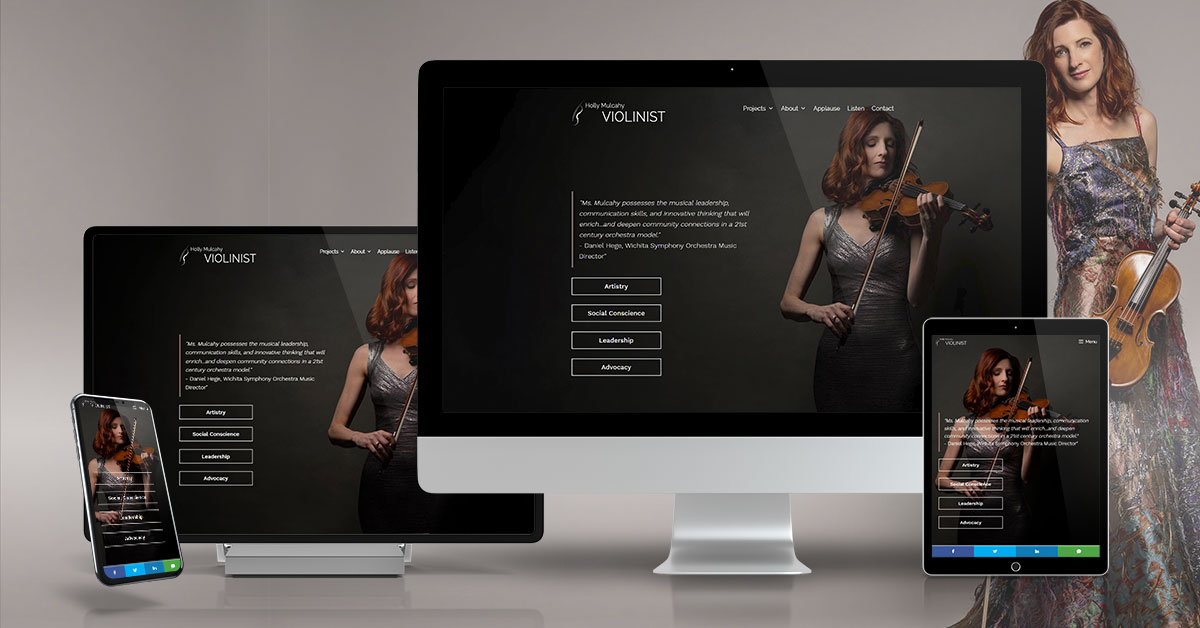When it comes to live entertainment, getting there is rarely half the fun. More often than not, once you finally arrive the actual venue is often lacking. Concert halls are typical victims of uncomfortable seats, too few bathrooms, poor lobby facilities, expensive refreshments, inconvenient (and usually expensive) parking, and the décor usually makes you feel terribly underdressed or overdressed (rarely “just right”).
The average mega-screen Cineplex is no different. Tacky faux décor usually try to make the inside of the building look like a swanky knock off of the Art Deco theatres from the days of old. Then add to visual shortcoming the smell, expensive snacks, grubby floors, crowded bathrooms, and questionable seat cushion stains; they all conspire to keep me at home, where I feel comfortable and relaxed.
The two experiences share much in common but this never really struck me until I read a an article at Serious Popcorn, an Arts Journal blog hosted by Martha Bayles. She writes about how the atmosphere at a typical Cineplex is one of the predominant factors in the declining attendance figures for that industry,
“[Will] the new “Star Wars” prequel will reverse the overall decline in theater-going? Surely not! Long before we humble consumers figured out that we were not alone in preferring to watch DVDs at home, the industry had us pegged. For some years now, Hollywood has been happy to take its real profits from shiny little discs… than from all those dreadful Cineplexes with their icky decor, endless ads and previews, crummy projection and sound, and sticky floors.”
I can relate to the notion of not wanting to go out. I HATE going to my local multi screen Cineplex. It’s been built to resemble one of those original Art Deco venues and if you’re standing 100 yards away, it does a pretty good job at looking like a grand old building. Unfortunately, you’ll eventually have to go inside and experience that funk ridden faux environment mentioned above.
As an option, I try to patronize a local Baltimore theatre, The Senator, which is an honest-to-goodness single screen Art Deco theater built in 1939 and continues to operate as a single screen first run movie house. Attempts to remain competitive have resulted in the theatre going through some renovations over the last several years to bring the sound and projection equipment up to the highest standards.
The Senator reminds me of the movie theatre I used to visit when I was a child in the little town of Owosso, Michigan; The Capitol theatre. It was originally an old Art Deco style vaudeville theatre which was later converted into a movie house. The place was loads of fun to patronize as a kid; half the excitement was the theatre itself (I have since learned that it has been run out of business by a multi screen Cineplex which set up shop dozens of years ago).
I say that I “try to patronize” The Senator because I don’t really get there all that often. Even though it’s light years better than the typical suburban venues, it still take 40 minutes to drive to (without traffic) you have to park a few blocks away (at least it’s free), cross a very busy street (no fun in the rain), the neighborhood swings from “fine” to “not-so-fine” from year to year, and the comfort level of the seats make watching anything over 100 minutes a concerted effort.
But the clientele are usually great, the price is no more expensive than movie tickets anywhere else, it has a beautiful lobby, the projection/audio equipment are all top notch, and they don’t BOMBARD you with loud, infuriating advertisements while you’re sitting there waiting for the movie to begin.
I can’t say that I patronize my local orchestra, the Baltimore Symphony Orchestra, that much more; their hall, The Meyerhoff, has many of the same negative issues as does The Senator. It takes me about 45 minutes to get there (without traffic), the parking garage (paid) is across the street and takes forever to get in and out of, the neighborhood has always been “iffy”, the lobby facilities never seem to be adequate, my wife has to wait forever to get through the women’s bathroom ordeal during intermission, tickets and refreshments are expensive, and there’s never enough room to sit down in the lobby during intermission and after the concert. Nevertheless, the seats are ok, the acoustics are very good, and the orchestra usually sounds wonderful.
So why don’t I attend more often? Much of it comes down to the pros and cons of getting there. I’m a typical suburban DINK (Dual Income, No Kids). Suburban sprawl has made getting anywhere during peak travel times an ordeal and the thought of hacking my way through traffic, park, get in, listen, and get out is becoming less and less palpable.
In Martha’s blog, she touches on the fact that people still want to see movies, otherwise DVD sales wouldn’t be as strong as they are. The advent of being able to deliver the movie product with similar results, as compared to what used to be the “theatre unique” experience, in the comfort of your own home (especially if you have one of those cool mega size plasma televisions with a matching foundation-rumbling sound system) have been a decisive factor in the shift away from people patronizing theatres.
Regrettably, classical music doesn’t have an in-home equivalent which benefits those who make the music as much as the film industry benefits from selling their product on DVD’s. It doesn’t matter how good home sound systems become, they simply do not replace the personal experience of a live concert. Nevertheless, the ambiance of the concert hall and what it takes to get you there are becoming more and more of a factor in whether or not people will leave their homes and make the trek to the concert halls.
There have been a number of initiatives over the past few decades to bring more classical music to where people live, but the fact remains that so long as an orchestra maintains a central concert venue in an urban location, they need to identify methods which will motivate people to come to them and give them a reason to keep coming back besides the music itself.
It will be interesting to watch how independent movie theatre owners (including the out of touch mega-screen Cineplex’s) adapt to the issue of attracting audiences since the film makers don’t really lose much by having a sizeable percentage of them go out of business.
Some of their potential solutions may be transferable to the classical music business. Granted, since a large number of orchestras and other regular classical music ensembles don’t own their venues, they will have a harder time implementing changes, but that doesn’t mean change is impossible.
Equally intriguing is whether or not the new concert halls opening around the world will incorporate some of the critical elements necessary to persuade potential patrons to visit more regularly and bring their friends with them.
The next time you go out to the movies or to an orchestra concert, make a mental note of what you like and dislike. You might just come up with some of the solutions everyone is looking for!










